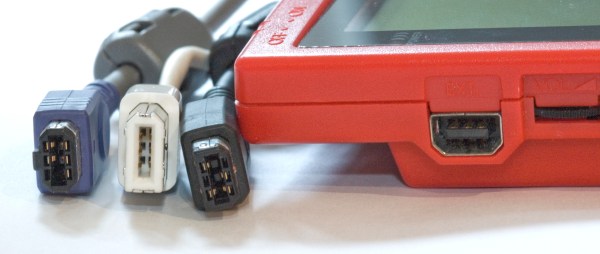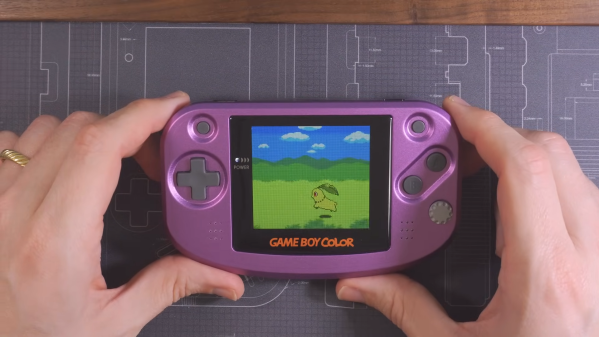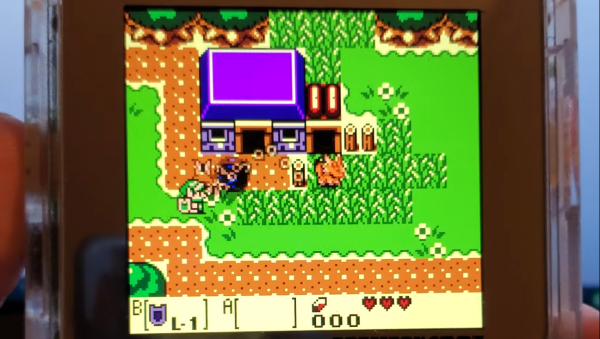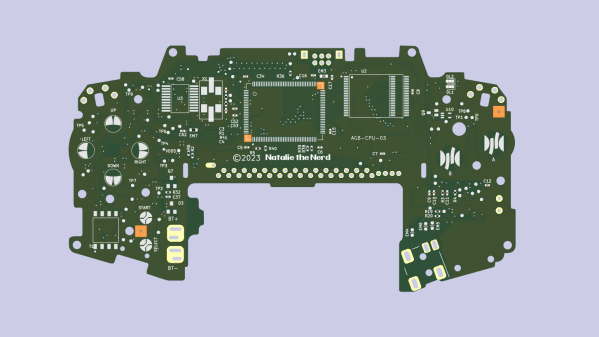Pump It Up is a popular music video game that hails from South Korea. It’s similar in vibe to Dance Dance Revolution and In The Groove, but it has an extra arrow panel to make life harder. [Rodrigo Alfonso] loved it so much, he ported it to the Game Boy Advance.
 The port looks fantastic, with all the fast-moving arrows and lovely sprite-based graphics you could dream of. But more than that, [Rodrigo’s] port is very fully featured. It doesn’t rely on tracked or sampled music, instead using actual GSM audio files for the songs.
The port looks fantastic, with all the fast-moving arrows and lovely sprite-based graphics you could dream of. But more than that, [Rodrigo’s] port is very fully featured. It doesn’t rely on tracked or sampled music, instead using actual GSM audio files for the songs.
It can also accept input from a PS/2 keyboard, and you can even do multiplayer over the GBA’s Wireless Adapter. What’s even cooler is that some of the game’s neat features have been broken out into separate libraries so other developers can use them. If you need a Serial Port library for the GBA, or a way to read the SD card on flash carts, [Rodrigo] has put the code on GitHub.
As you might have guessed, this isn’t the first time [Rodrigo] has pushed the limits on what Nintendo’s 32-bit handheld can do.
Continue reading “Pump It Up Gets Homebrew GBA Port That Rocks”


















